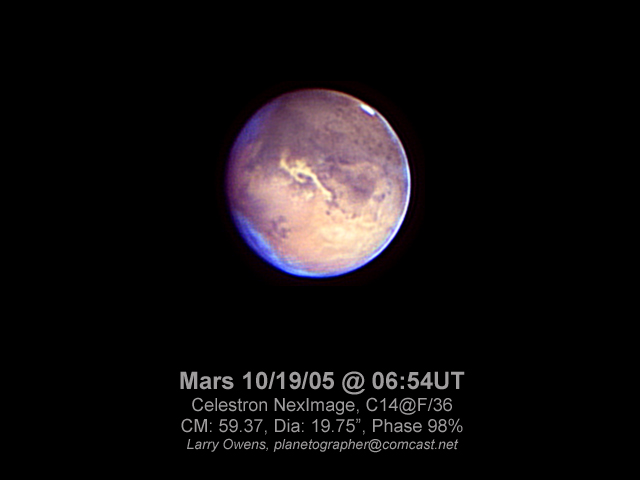Gorgeous Deep Sky Views Tonight

I just came in to warm up a bit... and thought I'd comment on the nights viewing so far. I hit a few of my favorite fall objects already this evening. Globular star cluster, M15 looked especially fine tonight. I cranked the magnification up to 200x and it was razor sharp. I was able to resolve stars right into its collapsed core. Very impressive.
After this, I hit The Veil Nebula and The Dumbbell Nebula. Both looked sweet as well.... though not as overwhelmingly as M15. I think it has to do with the reduced transparency in the night sky. There seems to be some moisture around that's just not letting all the light shine through.
From here, I went after NGC891... an incredible edge-on galaxy in the constellation Andromeda. Unfortunately, the reduced transparency made this object all but disappear. It reminded me more of a ghost... than a galaxy. I had to use "averted-imagination" to see this tonight :(
Wanting to raise the stakes a bit, I moved the scope a bit to the south and snagged some sweet views of the Andromeda Galaxy.
Finally, I got some early views of the planet Mars. I only hit it at about 100x, but... when skies steadied (briefly) I was able to see some nice detail on the planets surface. I'm hoping to get to at least 200x before calling it quits.













 Astro Photography Information
Astro Photography Information